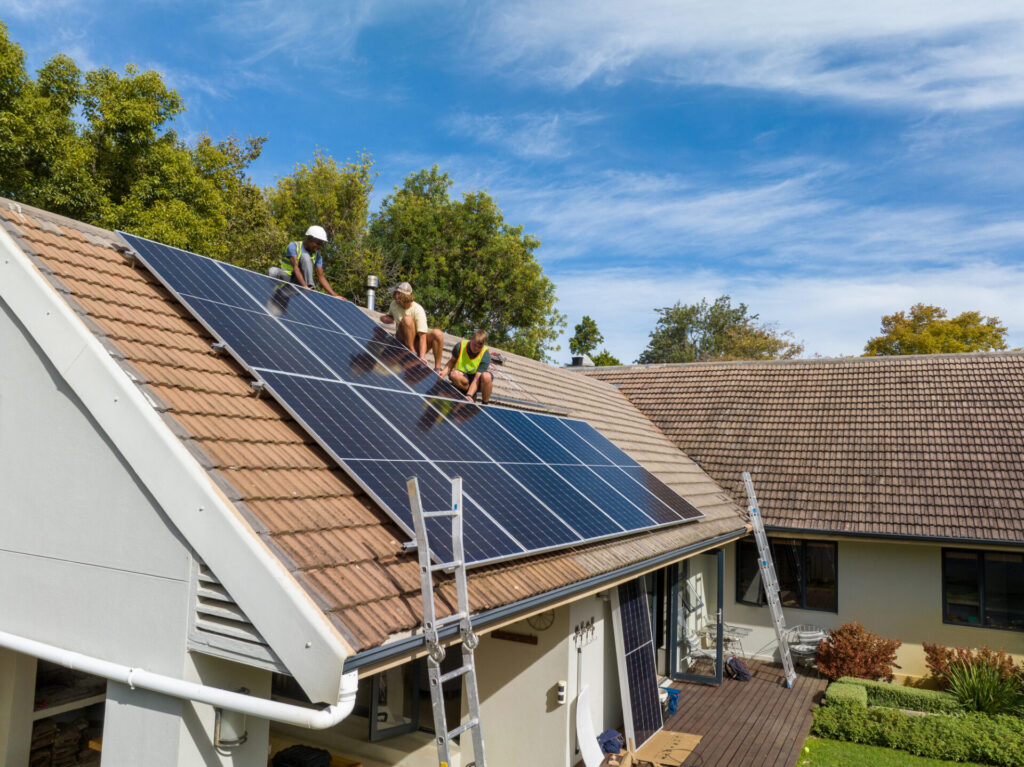3 ways data can make Solar for All a massive success
Earlier this week, the Biden administration made an Earth Day splash by announcing the recipients of its highly-anticipated Solar for All grants. Sixty awardees – spanning states, territories, Tribal governments, municipalities, and nonprofits – will receive a combined $7 billion to bring solar power to over 900,000 households across the country.
Each project will be geared toward expanding access to solar power in low-income and disadvantaged communities, ensuring the communities that need it most are able to experience lower energy bills, new job opportunities, and a decreased reliance on fossil fuels.
Deploying these projects quickly and efficiently for the maximum impact (both cost savings and climate impact) comes down to one thing: data. Here are three key ways to leverage data and make Solar for All a success.

Use data to qualify homes
To achieve Solar for All’s goal of expanding solar access to 900,000 US households – either through rooftop solar installations or community solar programs – implementers will need to identify and qualify households as quickly and cheaply as possible. This can be done by leveraging different types of data: permit data, utility data, and modeling data.
Household-level permit data, accessible through companies like Shovels.AI, can quickly identify which households, for example, will need a new roof as part of the program. Household utility data, accessible through UtilityAPI, can identify households with high utility bills or past-due utility bills that will benefit the most from the program. And solar modeling companies like Aurora Solar can leverage a wide variety of data sources to model a solar system design in a matter of minutes.
All of this data can be collected and utilized before a community-based organization engages with a household, keeping costs low and maximizing the program’s impact. As recipients develop their go-to-market plans and strategies, they should work to keep data at the center of their engagement strategy.
Use data to quantify emissions savings
Reducing carbon emissions is a cornerstone of the Solar for All program, but many states and implementing partners are planning to use existing tools that estimate emissions savings instead of actually measuring them. Here again, is another opportunity for Solar for All recipients to leverage data to keep costs low and program accountability high.
One example of how this could work is WattCarbon’s Energy Attribute Tracking System (WEATS), which uses customer usage data to quantify the emissions impacts of different distributed energy resources, including rooftop solar, on an hour-by-hour basis across the country. Because the power grid is cleaner in some places than others, solar deployed in Georgia will have a different impact than solar deployed in Nevada, and how solar impacts each household’s energy usage will vary.
Now is the time to retire old models that estimate carbon emissions and leverage data to precisely and transparently track emissions impacts on a household-by-household basis.
Support data access platforms to make data available
Finally, the Solar for All program and the rest of the Inflation Reduction Act create a generational opportunity to advance the deployment of data access platforms nationwide.
Roughly a decade after the Obama administration initiated the Green Button initiative, utilities across the country have made progress in making customer data securely and digitally accessible to the clean energy industry, but much work remains.
To maximize the impact of Solar for All and all of the other new federal programs, governors, mayors, legislatures, and all stakeholders nationwide should come together to support investment in data access platforms. Doing so will save time, money, and hassle – all precious commodities as the impacts of climate change accelerate.
